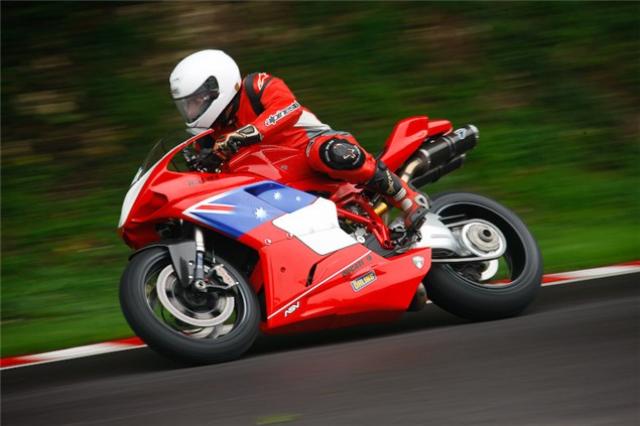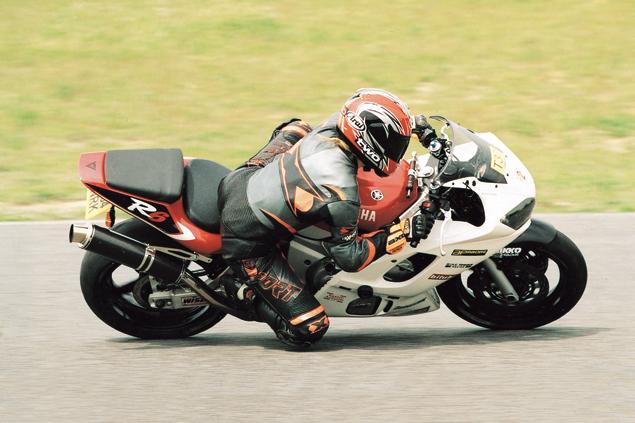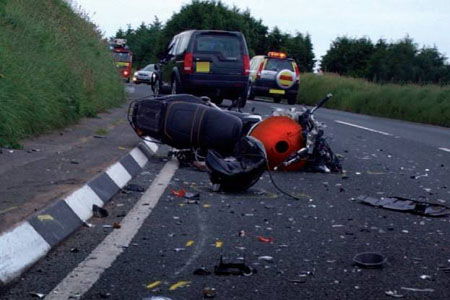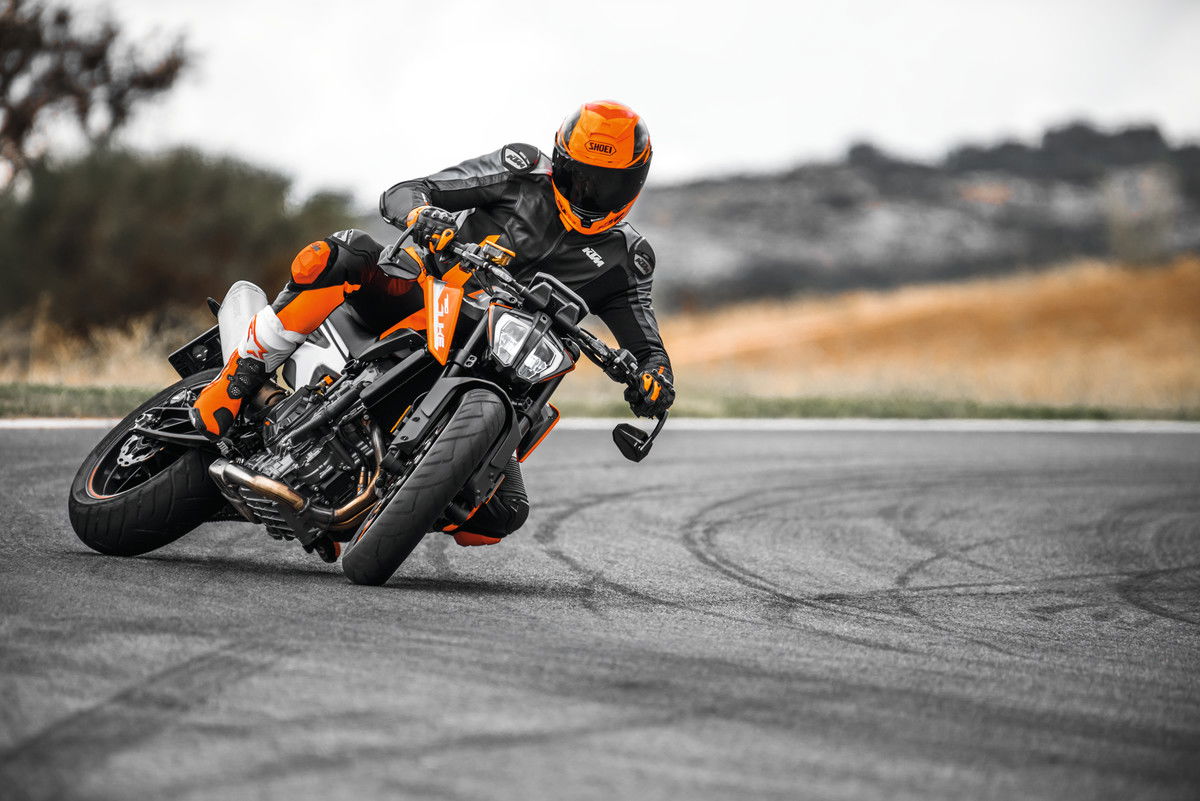Motorcycle Mindfulness: How to think yourself faster on track
Can you think yourself faster? Visordown gets all zen as we tell you how to be a faster, safer and better rider... using only your mind

THE human brain is an incredibly complex bit of kit, handling all the day-to-day stuff you do. From the basics like breathing and walking, to abstract tasks, like rewiring the loom on your latest project.
But can you use that complexity to help you become a better rider? Short answer is yes, of course you can. Your brain controls all the systems that allow us to ride bikes, so naturally improving those thought processes will help. But, how do we think our way to becoming better riders?
The first thing to remember is that just because you can’t do something, it’s not because you are only using 10% of your brain. That myth is utter bullshit and thinking that your untapped grey-matter is the reason for your lack of skill will never help you to succeed your goals.

What do I want to improve on?
The first thing to do is not bang your head against a brick wall, if something isn’t working stop. Refocus, revaluate and make another plan. It’s like walking from one corner of a meadow to the other. If there’s a well-trodden path, the grass there will be short. Most people will just follow that route, even though it might not be optimum.
If there is a particular corner you’re getting wrong on a track day for instance, there is no point just riding the same line getting going quicker and quicker. In six laps you’ll be scooting through the gravel wondering which of your kids you’re going to sell to pay for the repairs. Go to the pits, draw the corner on a bit of paper and then trace the line you’re taking. Now look at it and think how you could change it. Even if the next option you come up with seems alien to ride, stick at it. The line isn’t alien, it’s just that you haven’t ridden it before and now you’re out of your comfort zone.

How do you get out of your comfort zone?
Your comfort zone is a primeval safety net that controls our fight or flight instinct. Millions of years ago it was the thing that prevented you getting squished by a mammoth. Today, it serves no other purpose than to keep in your happy little bubble. But that happy little bubble won’t help you get any faster on track. For that, you’re going to have to step outside of the bubble and into uncharted territory.
But the thing is, that uncharted territory won’t stay like that for long. Your brain will quickly overwrite how you used to feel doing 90mph around Copse, with the new feeling of what it’s like doing 100mph around Copse. And very quickly you’ll have forgotten how you used to go so slowly around that corner! Your brain is so complex, recalibrating to this kind of thing is reported to happen after just a few times of doing a new activity. It’s the reason kids ask to read the same book, watch the same movie or play the same game over again. The repetition is fixing the activity into their tiny sponge-like minds.

Step up to the edge, literally
One mental block that catches people out on track is not using all of it. It’s a layover from road riding, when getting too close to things like cars, lampposts and pubs normally ends in a crash. To get over it you can’t just ride at the same speed as before and start crawling all over the kerbs like you’re Marc Maquez’ love-child.
Dial the speed back at least 30%, take your time and focus on taking the bike from white line to white line. Doing this will not only make you smoother, you’ll also open up the corner which has a multitude of positive effects. Firstly, you can now carry less lean. That’s going to make your feel more relaxed and in control of the situation. It’ll also mean that in most corners you can get a better view of your exit point and the point on the outside of the corner you’re going to drift out to. And now you can get on the throttle earlier, making use of the reduced lean angle and get down the next straight quicker than you’ve ever been before.
The first time you try this, your instincts will scream that you’re about to run off the track and crash. But with practice, the more natural it will feel. Before you know it, the white lines will be the new norm and the next job is to start riding the kerbs on entry and exit.

Where is the limit on a motorcycle?
Another factor with folk and that pesky comfort zone is how far from the actual limit it keeps you. Most crashes on track – that don’t involve a mechanical or another rider – are from people take a leap of faith in a corner. Exceeding their own mental limit by too much and too quickly. You have to build up to it slowly and in your own time. Following Trackday Tony and expecting to keep pace with him won’t end well!
Speaking of mental barriers, track and road riding legend Niall Mackenzie once told us: “The main thing is to not beat yourself up if you don't get it right. Relax, concentrate and get a rhythm going. Once you get into a fast rhythm you will find things become instinctive and if you are riding smoothly the bike will feel better and your understanding of what is possible will increase. And that's when you'll start pushing the boundaries of your own comfort zone further back.”
If it’s good enough for Niall, it’s good enough for us. The main thing to do when get to a trackday is set an achievable goal. It could be picking out a rider in the group who’s only a second quicker than you and sticking with them for at least a lap. Making the goal achievable is the key, it’ll help your brain prevent you from making the dreaded (and painfully expensive) leap of faith!


